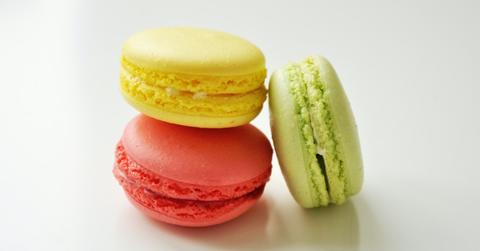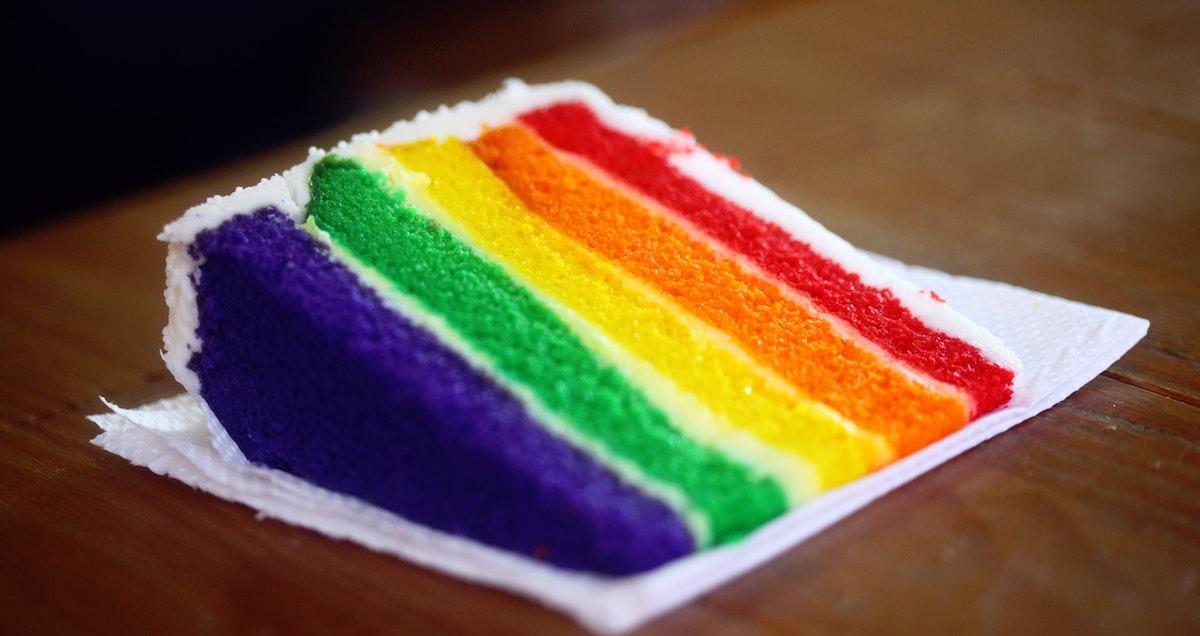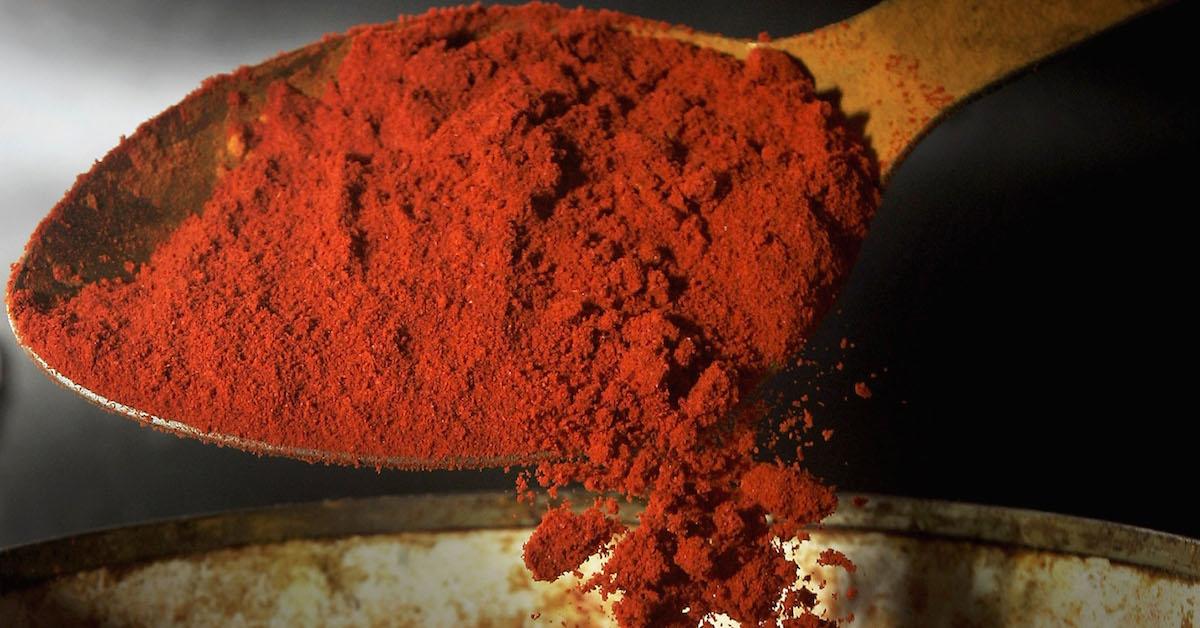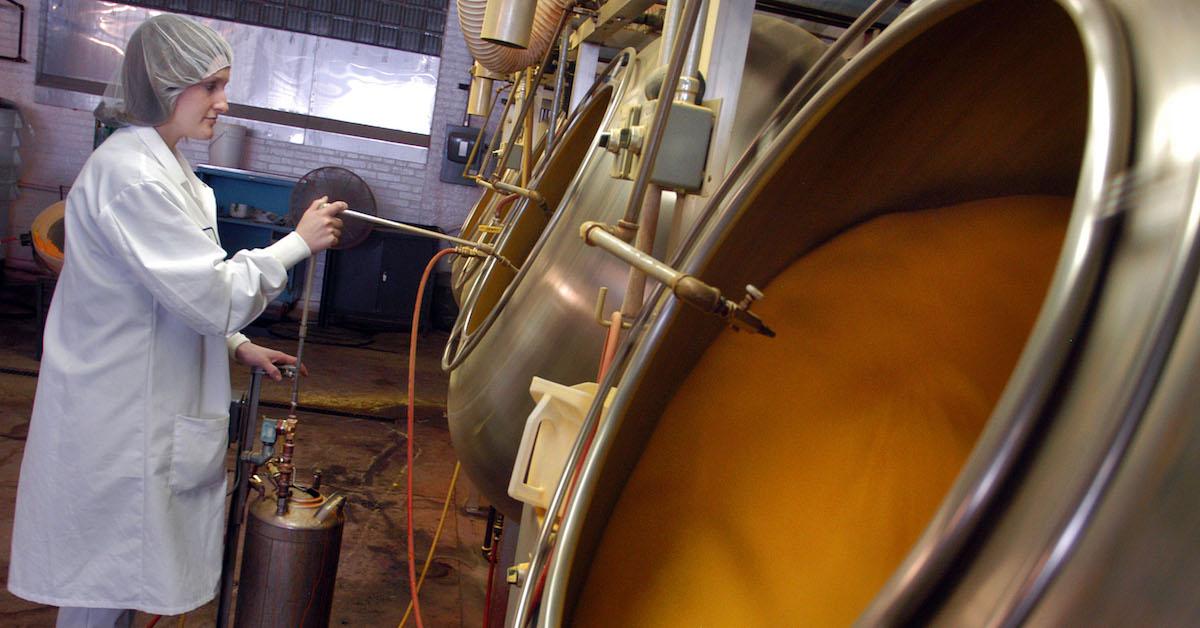How Artificial Food Dyes Affect Your Health
Updated Jan. 26 2023, 12:41 p.m. ET

Food dyes are used to make our food look more appetizing. This seems somewhat superfluous, especially considering how appealing it is to behold a rosy red apple or an emerald bunch of broccoli. Nevertheless, companies have taken it upon themselves to add unnecessary, chemical color to many of the foods we eat. But are these artificial dyes in food bad for us, or are they just a bit of technicolor used to liven up a few sepia-toned food products?
What are artificial food dyes made from?
According to Healthline, people have been using organic dyes to color food for centuries. It wasn’t until the first artificial ones were conceived, around 1856, that they started being made of synthetic materials. Back then, it was delicious, nutritious coal tar, but today these dyes are made of a much more modern commodity — petroleum.
Knowing this, and considering how bad petroleum has proven to be for the planet and the public health, it’s no wonder that several dyes have been studied for their potentially carcinogenic effects.

Are artificial food dyes bad for you?
Truth be told, the jury is still out on this particular subject. Conclusions regarding the safety of artificial food dyes have been more controversial and inconclusive. Of the hundreds of differently-labeled food dyes created since the 1850s, only a select few have been found to include compounds and contaminants that are at least mildly toxic.
According to Slate, studies have linked the consumption of high doses of artificial food dyes to birth defects, cancer, and organ damage in some animal test subjects. Meanwhile, childhood behavioral problems such as ADHD and hyperactivity have been linked to the consumption of food dyes, though even with the evidence from several scientific studies, there is still debate as to the validity of these claims.
Nevertheless, reports by major news outlets like U.S. News & World Report seem to corroborate the behavioral effects that many of these dyes are having on children. At the same time, the Center for Science in the Public Interest (CSPI) has reported that several popular artificial colors — Yellow 5, Yellow 6, and Red 40 — are all "contaminated with known carcinogens."
CSPI also states that the Food and Drug Administration (FDA) has openly acknowledged that another dye, Red 3, is a thyroid carcinogen in animals. As if that weren’t enough, according to 100 Days of Real Food, some people have had allergic reactions to a number of common artificial dyes including Blue 1, Red 40, Yellow 5, and Yellow 6.

Foods that contain any of those same potentially cancer-causing, allergy-inducing dyes are all required to have warning labels in Europe, even while the FDA openly allows them to be used in many of the foods eaten in the U.S. And while it's certainly been difficult to find unequivocal proof that the dyes themselves are intrinsically harmful, one might imagine that the EU's regulating body has a good reason to require these warnings.
What health risks are associated with food dyes?
It is believed that increased exposure to and consumption of many of these artificial dyes has led to brain cancer, bladder cancer, thyroid cancer, adrenal cancer, kidney cancer, as well as dangerous allergic reactions in some people. Yet even if the purported carcinogenic properties possessed by several of these dyes have been corroborated by scientific research, some advocates suggest that the dangers posed by the various food dyes can be lessened by just “ingesting less of them.”
Unfortunately, that method of avoidance isn’t really feasible in today’s society. According to the Food Network, food dye consumption has increased by a factor of 500 percent in the past half a century, so it’s not as if they are going away anytime soon. Nevertheless, many organizations like CSPI are trying to get some of these artificial colors banned, though the FDA continues to argue that they pose no credible health risks.

Are artificial dyes vegan?
Many natural dyes, those made from purple sweet potatoes, berries, spinach, and the like, are considered to be completely vegan — with the exception of carmine, which, while considered a "natural" dye, is actually made from bugs.
However, according to Veg Facts, many of the artificial dyes found in food products are sometimes not vegan friendly, including Blue 1, Blue 2, Citrus Red 2, Red 3, Red 40, Green 3, Yellow 5, and Yellow 6. That said, PETA maintains that these dyes are vegan enough, as they would only contain such trace amounts of animal byproducts, and therefore boycotting them doesn't really do much to help animals, which is the goal of veganism.
This article, originally published on Aug. 13, 2021, has been updated.